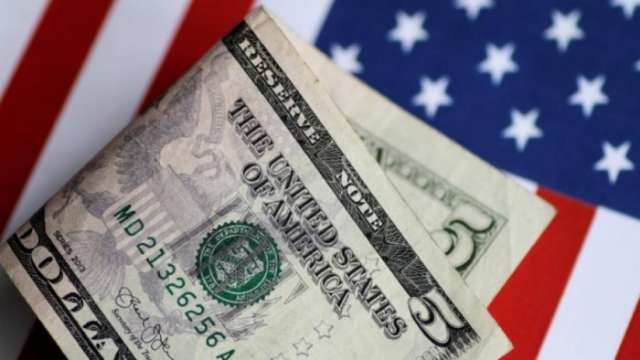The Fed’s minutes acknowledged the U.S. labor market’s solid gains and the expansion in economic activity, even as they affirmed policymakers’ worries about persistently low inflation. That suggested the central bank will continue to pursue a gradual approach in raising rates but could pick up the pace if inflation accelerates.
Fed officials also discussed the possibility that the Trump administration’s tax cuts or easy financial conditions could cause inflation pressures to rise, leading to some dollar-buying, analysts said.
“The debate is the same. You have strong growth and low unemployment on one side and surprisingly low inflation on the other side,” said Stephen Stanley, chief economist at Amherst Pierpont Securities in Stamford, Connecticut.
“They have been taking a middle-of-the-road on their policy approach, gradually raising interest rates and unwinding the balance sheet. They will continue the same tack.”
The dollar gained earlier in the session after data showed U.S. construction spending rose 0.8 percent in November to an all-time high of $1.257 trillion, driven by a surge in investment in private residential and nonresidential projects.
At the same time, a U.S. manufacturing index as measured by the Institute for Supply Management rose to 59.7 last month, beating market expectations.
Still, analysts remained skeptical about the dollar’s near-term prospects, noting the expected rate hikes have been priced in. Some also said modest U.S. inflation may encourage the Fed to go slower in raising rates.
In late trading, the dollar .DXY bounced 0.3 percent to 92.18 after falling 2.5 percent over the last three weeks. The dollar’s 10 percent drop in 2017 was the largest annual decline in 14 years.
The greenback also rose 0.2 percent versus the yen to 112.51 yen JPY= on Wednesday.
Friday’s U.S. non-farm payrolls report should provide more clarity about the outlook for interest rates this year.
The euro, meanwhile, slid 0.3 percent to $1.2016 EUR= after hitting a four-month high of $1.2081 on Tuesday, up roughly 3 percent from a mid-December trough.
The single European currency has been supported by improving prospects for the euro zone economy and expectations the European Central Bank will wind down its bond-buying stimulus in 2018.
More about: #dollar
















































